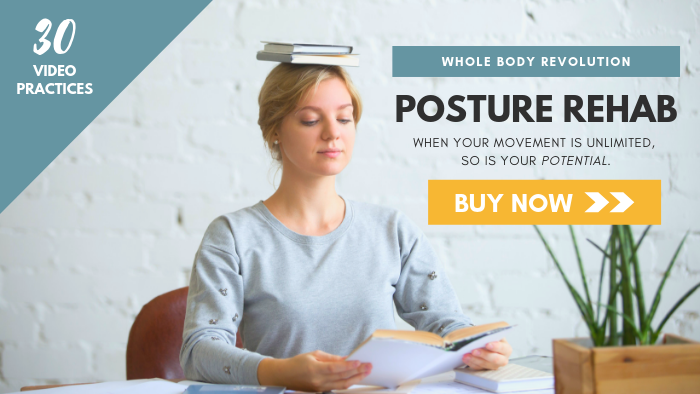This video demonstrates how to increase shoulder flexibility using a simple exercise that anyone can do at home.
As we age, we tend to lose flexibility. This is due mostly to inactivity. The less you use your range of motion, the smaller your available movements become because these new, limited patterns become ingrained in your nervous system and it “forgets” how to move like it used to.
Additionally, fascia develops a “fuzz” like substance between sheets of tissue when muscles are inactive. This “fuzz” acts like Velcro, making sheets of tissue that used to be slippery stick together. A lot of people who think they have tight hamstrings, for example, actually have hamstrings that have become “stuck” to their adductors, thus limiting the range of motion of the hamstring muscles.
The more you expand your range of motion, the better your posture will be and the greater your flexibility as you age. If you sit in front of a computer or drive for any length of time, this shoulder flexibility exercise is particularly important. It’s also useful for yogis who want to open their chests and shoulder girdles and dancers and athletes who need greater range of motion.
Do this daily for optimal results. You will see improvements if you do this at least three times a week. Using a dowel is better than using a rope or yoga strap because it forces you to move the shoulder joint and not cheat, so you’ll get the full effects. However, if you don’t have a broom or long pole handy, a yoga strap, jump rope, belt or Thera-Band can work as well.
Want more secrets for a pain-free, flexible body?
Check out my complete guide to standing tall and moving freely, Perfect Posture for Life. This ebook is chock full of all the tips and tricks I’ve learned in nearly fifteen years as a posture and movement therapist that you can put to use immediately and start reaping the benefits of better posture and movement.
